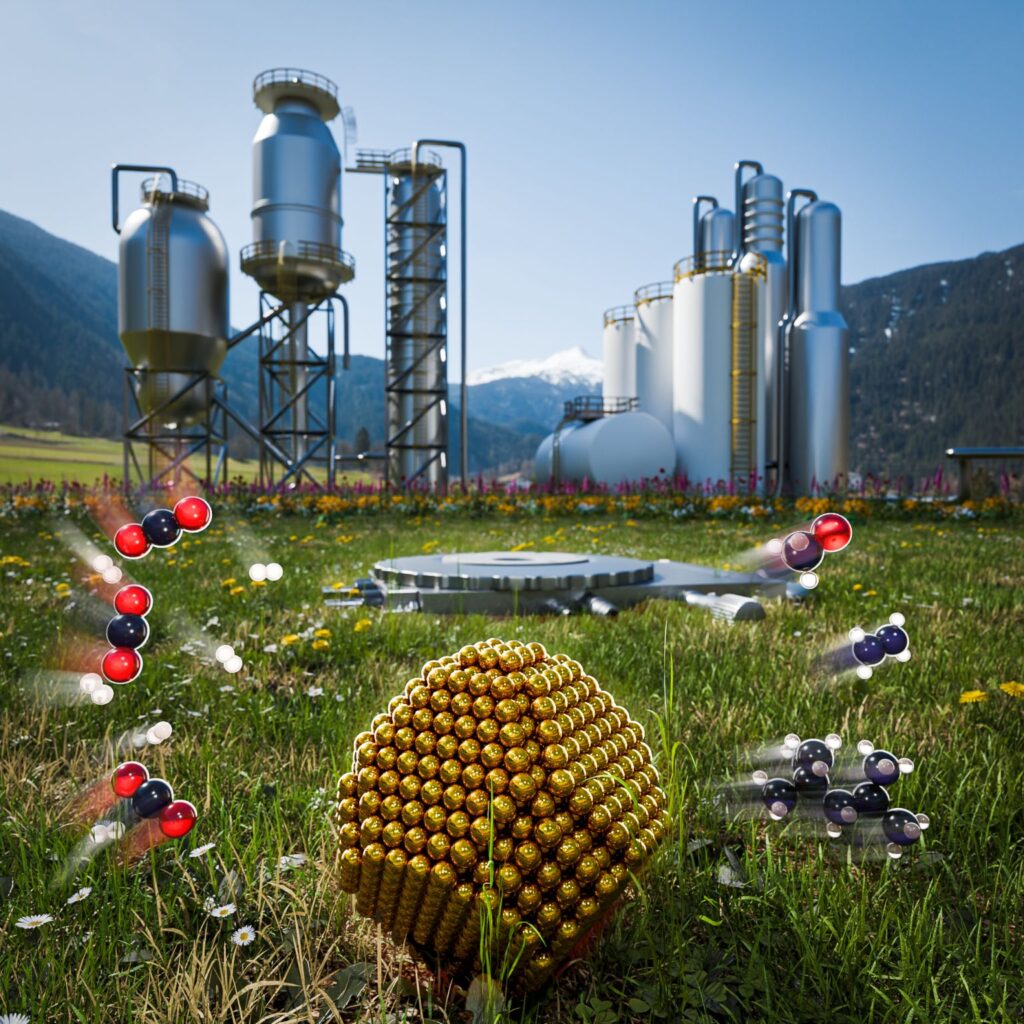The Dutch Research Council (NWO) has awarded the HyCARB consortium a €45 million grant to revolutionize the chemical industry through innovative, sustainable technologies. The consortium brings together nine universities, five universities of applied sciences (hogescholen), three research institutes, and thirty companies.
The HyCARB project aims to develop new chemical processes and value chains by converting industrial waste gases and CO₂ into fuels and materials using green hydrogen and sustainable electricity. This initiative is part of the “Hydrogen and Green Electrons for Carbon-Based Chemistry” programme, funded by the National Growth Fund (NGF). The NGF programme GroenvermogenNL and NWO will jointly contribute €35.3 million, with co-funding pushing the total investment to €45.7 million.
The consortium was formed during two intensive workshops where all partners collaborated on a unified research proposal. From Utrecht University, Professor Bert Weckhuysen and Professor Petra de Jongh played key roles in initiating the project, and later, Dr. Ward van der Stam joined the HyCARB team. Bert Weckhuysen will serve as one of the project’s coordinators, alongside Martijn Graaff (TNO) and Marta Costa Figueiredo (TU/e). Petra de Jongh will co-lead a major work package focused on producing green fuels and platform molecules from green hydrogen and CO₂.
The project partners, ranging from academic institutions to start-ups and major industry players, aim to deliver internationally impactful outcomes, including integrated hydrogenation processes, CO₂ electrolysers, and electrified high-temperature reactors. Advanced analytical tools and expertise development are also central to the research.
Several Utrecht University researchers will be actively involved in HYCARB, including Dr. Florian Meirer, Dr. Ward van der Stam, Dr. Matteo Monai, Dr. Jessi van der Hoeven, and Dr. Matteo Gazzani.
For more information, please read the NWO press release and the Utrecht University press release.
Image: HyCARB focuses on the thermal and electrochemical conversion of carbon dioxide using green hydrogen and electrons. Credit: Dr. Thomas Hartman, Utrecht University

